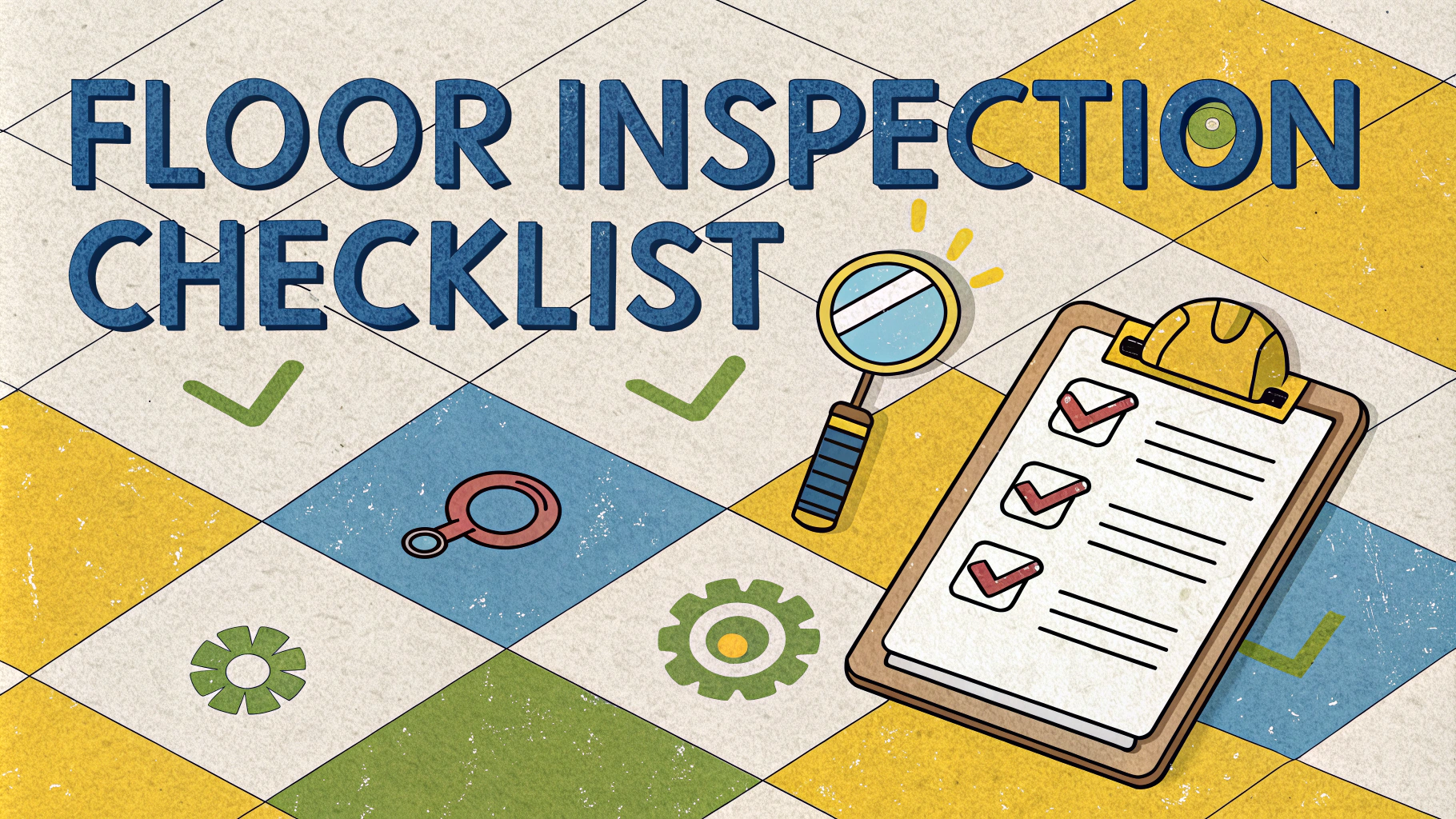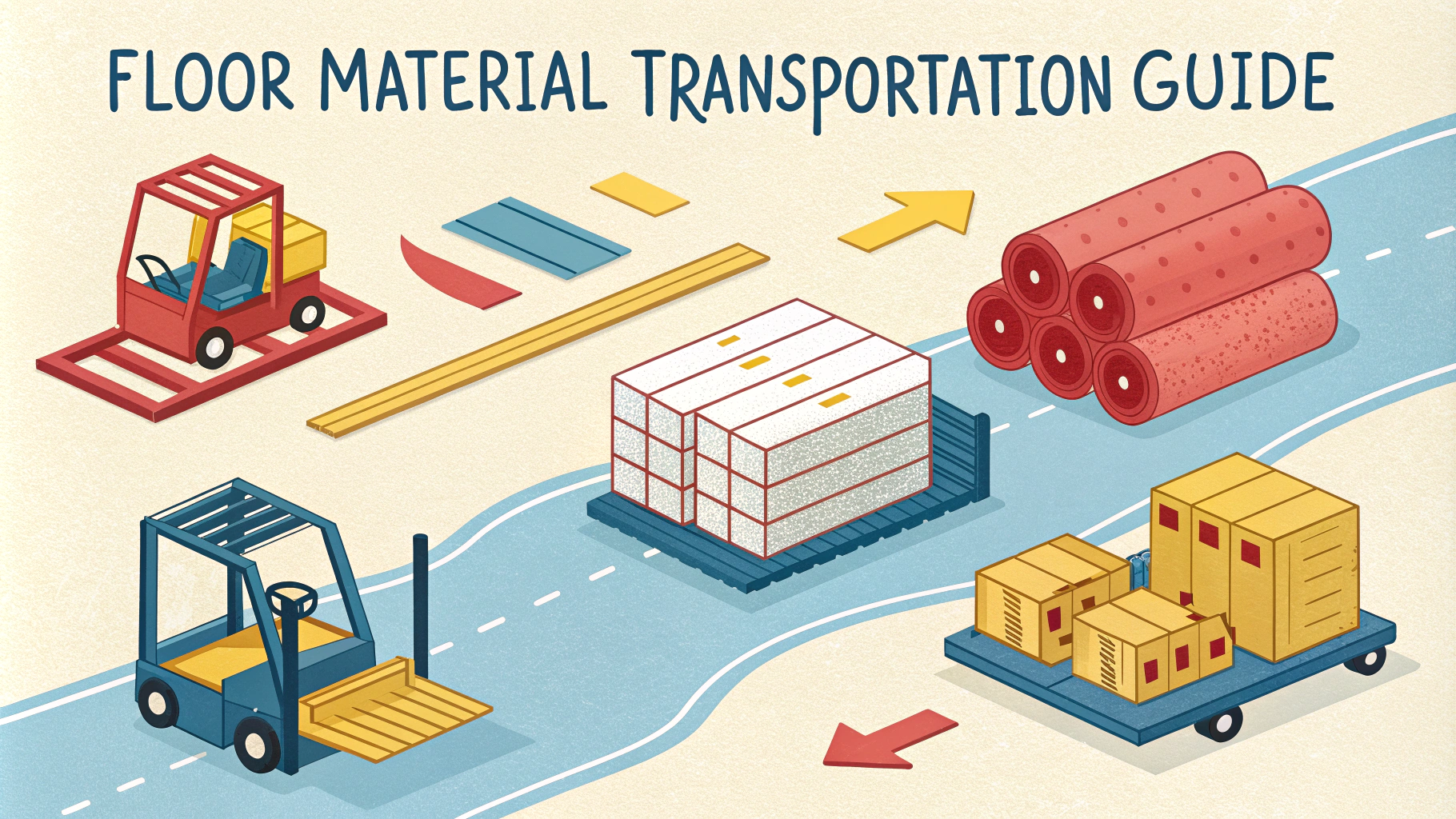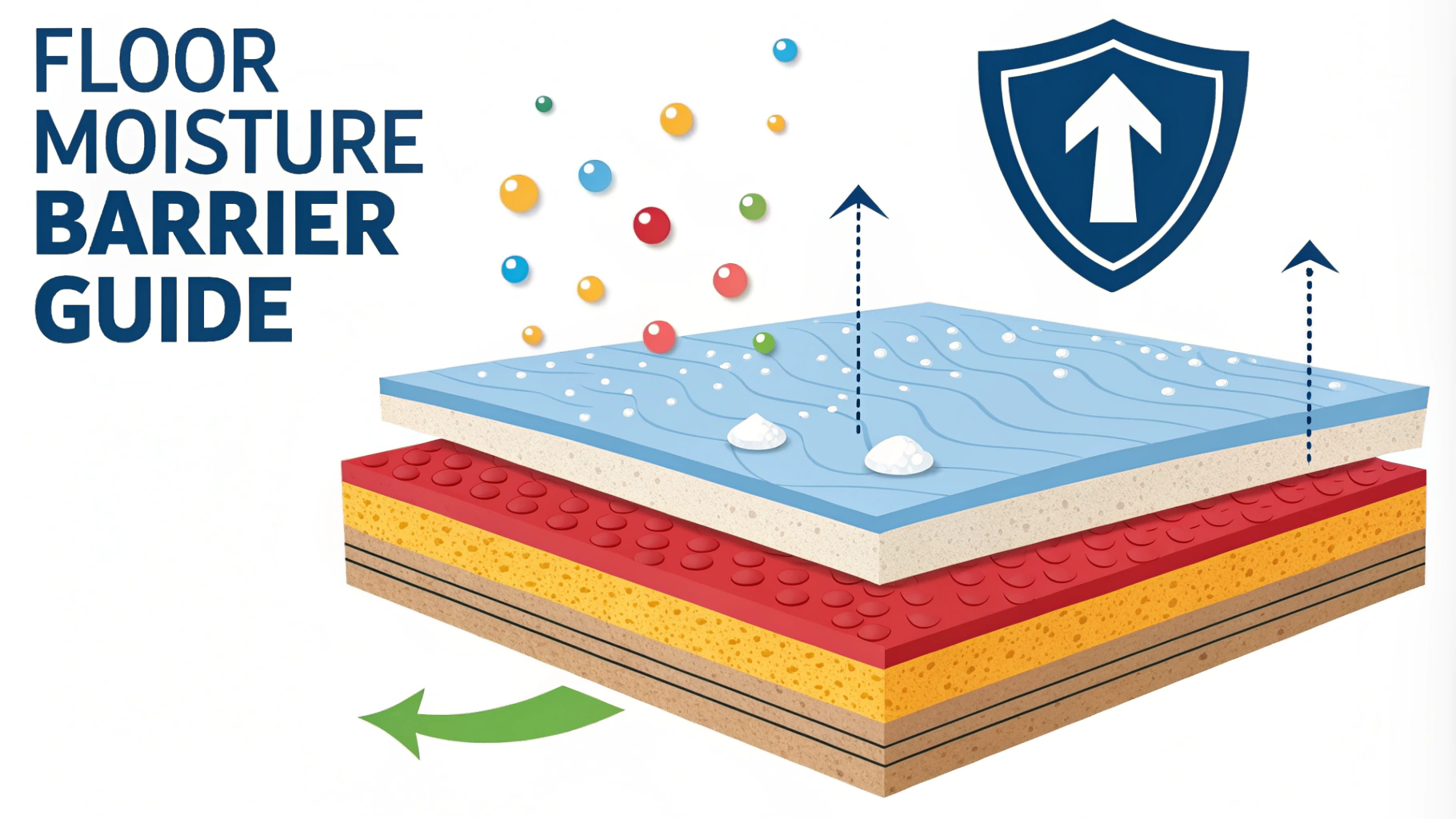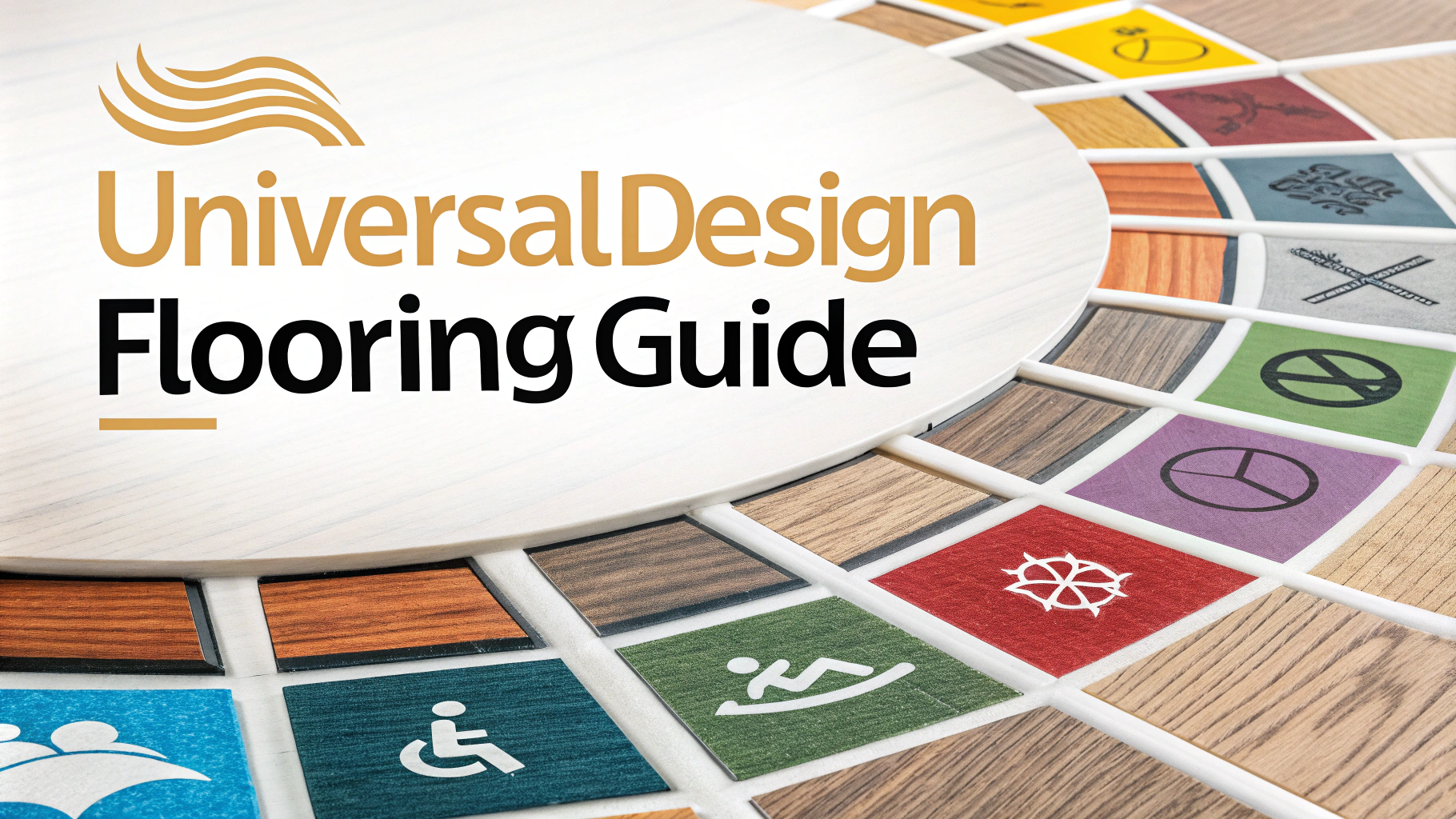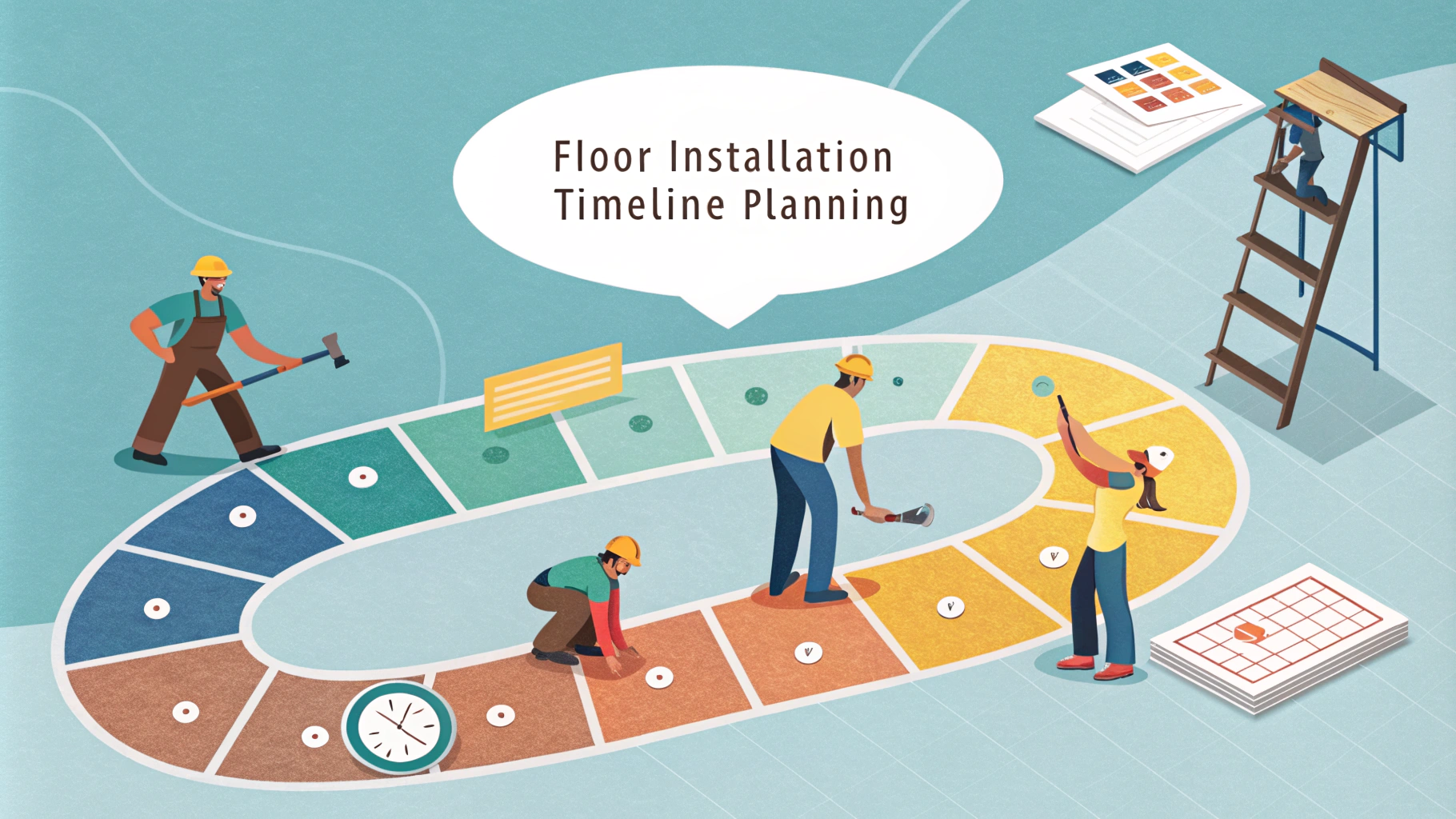Slip resistance ratings help property owners and managers ensure safe flooring choices for different environments and conditions.
Understanding these ratings is essential for compliance with safety regulations and minimizing accident risks in commercial and residential spaces.
This guide breaks down the key slip resistance measurements, testing methods, and recommended ratings for various applications.
Common Slip Resistance Rating Systems
- R-Value (R9-R13) – European rating system for workplace floors
- Pendulum Test Value (PTV) – UK and Australian standard
- Coefficient of Friction (COF) – North American measurement system
Understanding R-Values
| Rating | Application |
|---|---|
| R9 | Minimal slip resistance – indoor areas with low foot traffic |
| R10 | General purpose – retail spaces, offices |
| R11 | Enhanced grip – commercial kitchens, entrances |
| R12 | High slip resistance – food processing areas |
| R13 | Maximum grip – industrial areas with oils/fats present |
Pendulum Test Values (PTV)
- 0-24 PTV: High slip potential
- 25-35 PTV: Moderate slip potential
- 36+ PTV: Low slip potential
Coefficient of Friction Guidelines
The Americans with Disabilities Act (ADA) recommends a minimum COF of 0.6 for accessible routes and 0.8 for ramps.
Recommended Ratings by Area
- Commercial Entrances: R11 or PTV 36+
- Bathrooms: R10 or PTV 36+
- Commercial Kitchens: R12 or PTV 45+
- Swimming Pool Surrounds: R11-R12 or PTV 40+
- Office Areas: R9-R10 or PTV 25+
Testing and Certification
Contact certified testing laboratories like the National Floor Safety Institute (NFSI) at 1-817-749-1700 for official slip resistance testing.
Maintenance Impact on Slip Resistance
- Regular cleaning with appropriate cleaners
- Periodic surface texture assessment
- Documentation of maintenance procedures
- Professional re-testing after significant wear
Safety First: Making Informed Flooring Choices
Consider both initial slip resistance ratings and long-term maintenance requirements when selecting flooring materials.
Contact flooring manufacturers or safety consultants for specific recommendations based on your facility’s needs.
Document all slip resistance specifications and maintenance procedures for liability protection and safety compliance.
Environmental Factors Affecting Slip Resistance
- Temperature variations
- Weather conditions (rain, snow, ice)
- Chemical exposure
- UV radiation effects
- Accumulation of contaminants
Risk Assessment Protocol
Regular Evaluations Should Include:
- Traffic pattern analysis
- Surface contamination assessment
- Lighting conditions review
- Weather exposure evaluation
- User demographic considerations
Documentation Requirements
- Initial slip resistance certifications
- Periodic test results
- Maintenance records
- Incident reports and investigations
- Corrective action documentation
Future Trends in Slip Resistance Technology
- Smart coating developments
- Real-time slip resistance monitoring
- Advanced testing methodologies
- Sustainable anti-slip solutions
Ensuring Long-Term Floor Safety Success
Implementing comprehensive slip resistance programs requires ongoing commitment to testing, maintenance, and documentation. Regular assessment of changing conditions and proactive updates to safety protocols help maintain optimal slip resistance levels and protect both property owners and visitors.
Stay informed about evolving standards and technologies while maintaining detailed records of all safety measures. Partner with qualified professionals for testing and certification to create safer environments for all facility users.
FAQs
- What is slip resistance rating in flooring?
Slip resistance rating is a measurement that indicates how likely a floor surface is to cause slipping under various conditions. It’s determined through standardized testing methods that measure the coefficient of friction between the flooring material and a test foot under wet and dry conditions. - What are the main slip rating standards used globally?
The main standards are the R-rating (R9-R13) used in Europe and Australia, the Pendulum Test Value (PTV) used in the UK, and the Dynamic Coefficient of Friction (DCOF) used in North America. Each uses different testing methods but aims to measure slip resistance. - What does the R-rating scale mean?
R-ratings range from R9 (minimal slip resistance) to R13 (maximum slip resistance). R9-R10 is suitable for dry areas, R11 for wet areas, R12 for food preparation areas, and R13 for areas with high amounts of grease or oil. - How is the Pendulum Test Value (PTV) measured?
PTV is measured using a Pendulum Slip Resistance Tester, which simulates a person’s heel striking the floor. A PTV of 36 or above is considered low slip potential, 25-35 is moderate, and below 24 is high slip potential. - What is considered a safe DCOF value?
According to the ANSI A137.1 standard, a minimum DCOF value of 0.42 is recommended for level interior spaces expected to be walked upon when wet. Higher values may be required for ramps and exterior applications. - Which flooring areas require higher slip resistance ratings?
Commercial kitchens, swimming pool surrounds, public bathrooms, exterior walkways, food processing areas, and industrial workspaces typically require higher slip resistance ratings due to frequent exposure to water, oils, or other contaminants. - How does surface texture affect slip resistance?
Surface texture, including micro-roughness and macro-texture, directly impacts slip resistance. Textured surfaces generally provide better slip resistance than smooth surfaces by creating more friction points and allowing better water displacement. - Can slip resistance be improved on existing flooring?
Yes, slip resistance can be improved through various treatments such as chemical etching, mechanical grinding, application of anti-slip coatings, or installation of slip-resistant strips. However, the effectiveness depends on the flooring material and existing conditions. - How often should slip resistance testing be performed?
For commercial and public spaces, slip resistance testing should be performed annually or bi-annually, depending on foot traffic and environmental conditions. More frequent testing may be required in high-risk areas or after cleaning regime changes. - What factors can reduce slip resistance over time?
Wear from foot traffic, accumulation of polish or wax, improper cleaning methods, chemical exposure, and environmental conditions can all reduce slip resistance over time. Regular maintenance and testing are essential to maintain safe levels.


